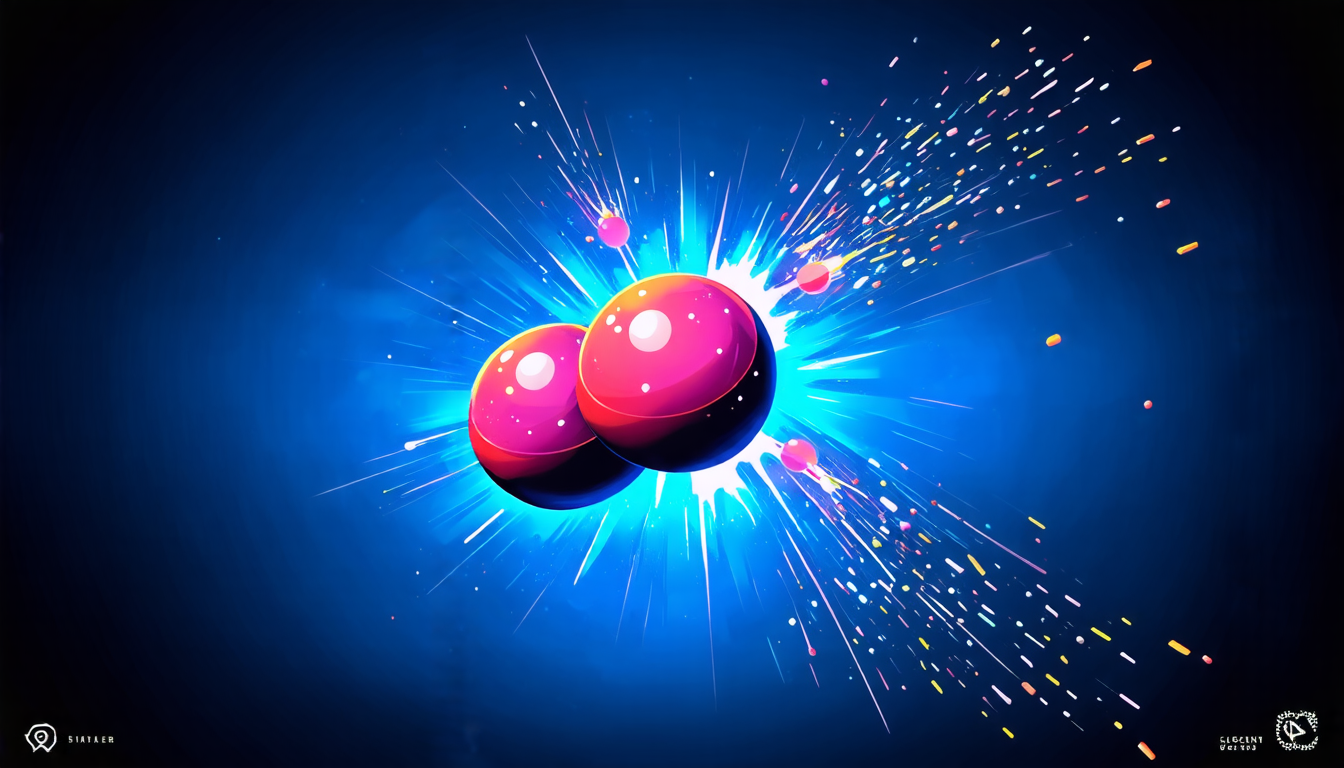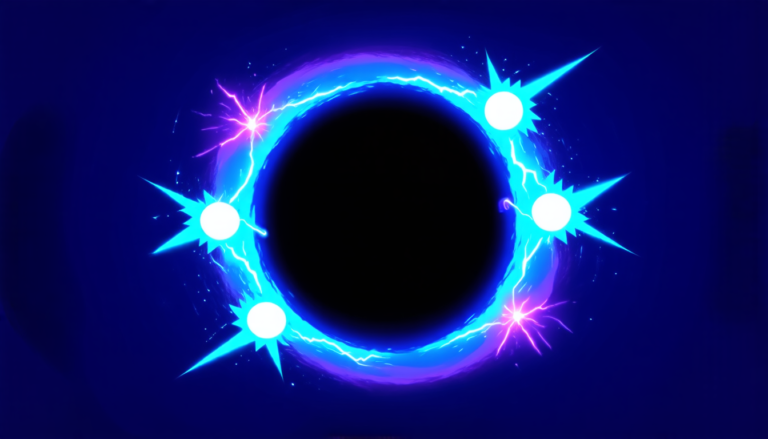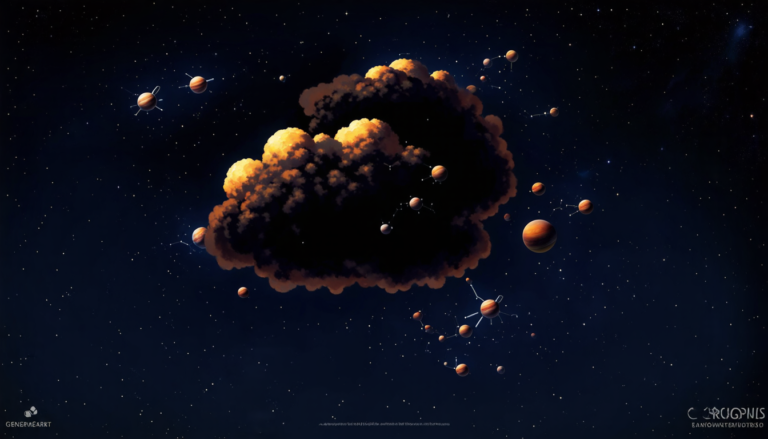Monday 15 September 2025
Scientists have long been fascinated by the intricate dance of nuclear reactions that occur when two heavy ions collide at high speeds. These collisions, known as heavy-ion induced fusion-fission (HIFF) reactions, can produce a wide range of exotic particles and nuclei, making them a crucial area of study for understanding the fundamental forces of nature.
Recently, a team of researchers from India and Europe conducted an experiment designed to test the influence of shell closure on these HIFF reactions. Shell closure refers to the idea that certain arrangements of protons or neutrons within an atomic nucleus are more stable than others due to the way they interact with each other. In this case, the researchers were interested in seeing how the number of protons (or charge) in a nucleus affected the likelihood of certain neutron-rich isotopes being produced.
To conduct their experiment, the team used a particle accelerator to collide silicon-28 ions with two different targets: one made of hafnium-178 and another made of tungsten-186. These collisions produced a range of reaction products, including neutrons, light charged particles, and gamma rays. By analyzing the energies and multiplicities of these particles, the researchers were able to reconstruct the properties of the compound nucleus that formed during each collision.
The results of their experiment were striking: the team found that as they increased the number of protons in the target nuclei, the total number of neutrons emitted during the reaction also increased. This suggests that shell closure plays a crucial role in determining the outcome of these HIFF reactions. The researchers propose that the increased neutron emission is due to the fact that certain proton-rich isotopes are more likely to undergo fission, releasing additional neutrons as they break apart.
This study has important implications for our understanding of nuclear reactions and the properties of exotic nuclei. By better understanding how shell closure affects these reactions, scientists can improve their ability to predict and simulate the outcomes of HIFF experiments. This, in turn, could lead to new insights into the fundamental forces of nature and the properties of matter at the atomic level.
The experiment also highlights the importance of international collaboration in advancing our knowledge of nuclear physics. The team’s use of a particle accelerator located in India allowed them to take advantage of cutting-edge technology and expertise from both Indian and European researchers. This kind of cooperation is essential for pushing the boundaries of human knowledge and making new discoveries.
Cite this article: “Shedding Light on Shell Closure’s Influence in Heavy-Ion Induced Fusion-Fission Reactions”, The Science Archive, 2025.
Heavy-Ion Induced Fusion-Fission, Nuclear Reactions, Shell Closure, Proton-Rich Isotopes, Neutron Emission, Fission, Exotic Nuclei, Particle Accelerator, International Collaboration, Nuclear Physics







